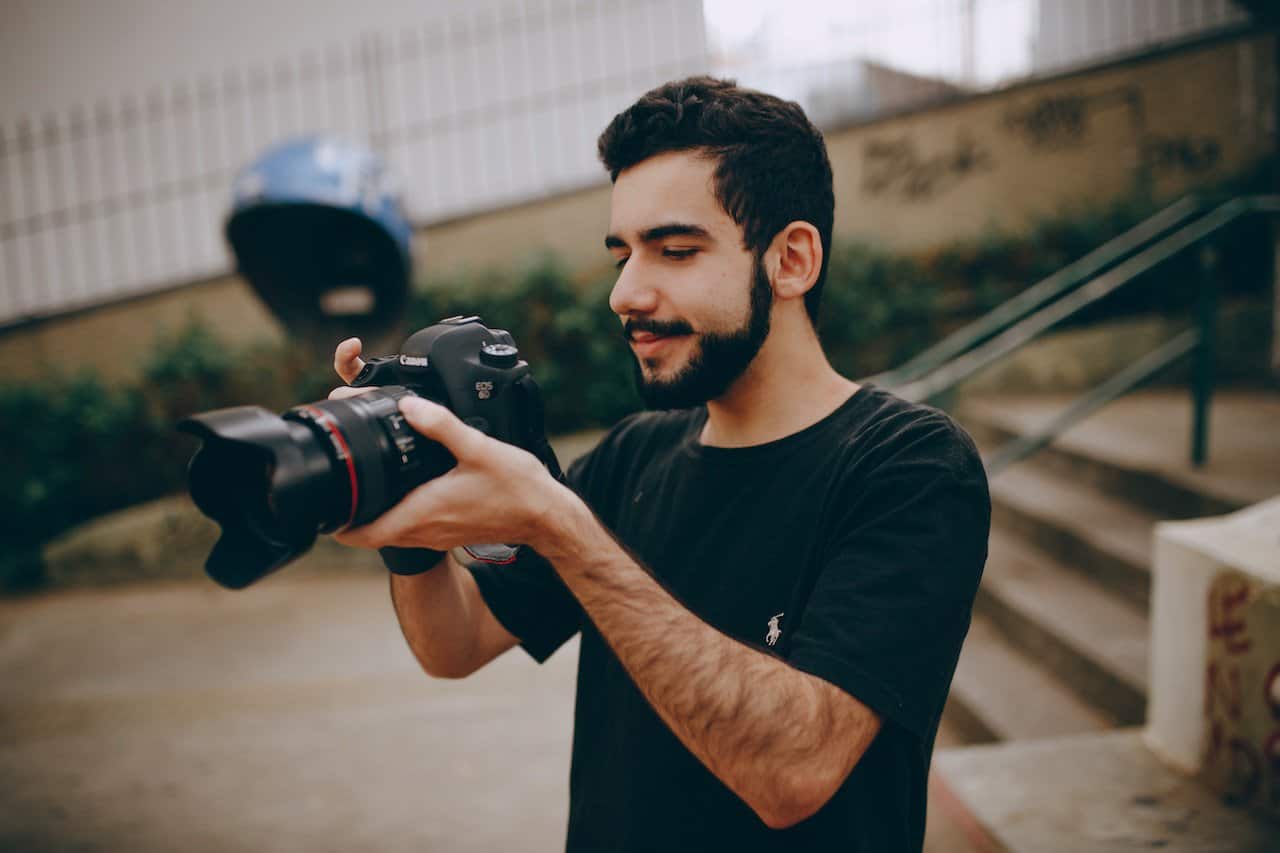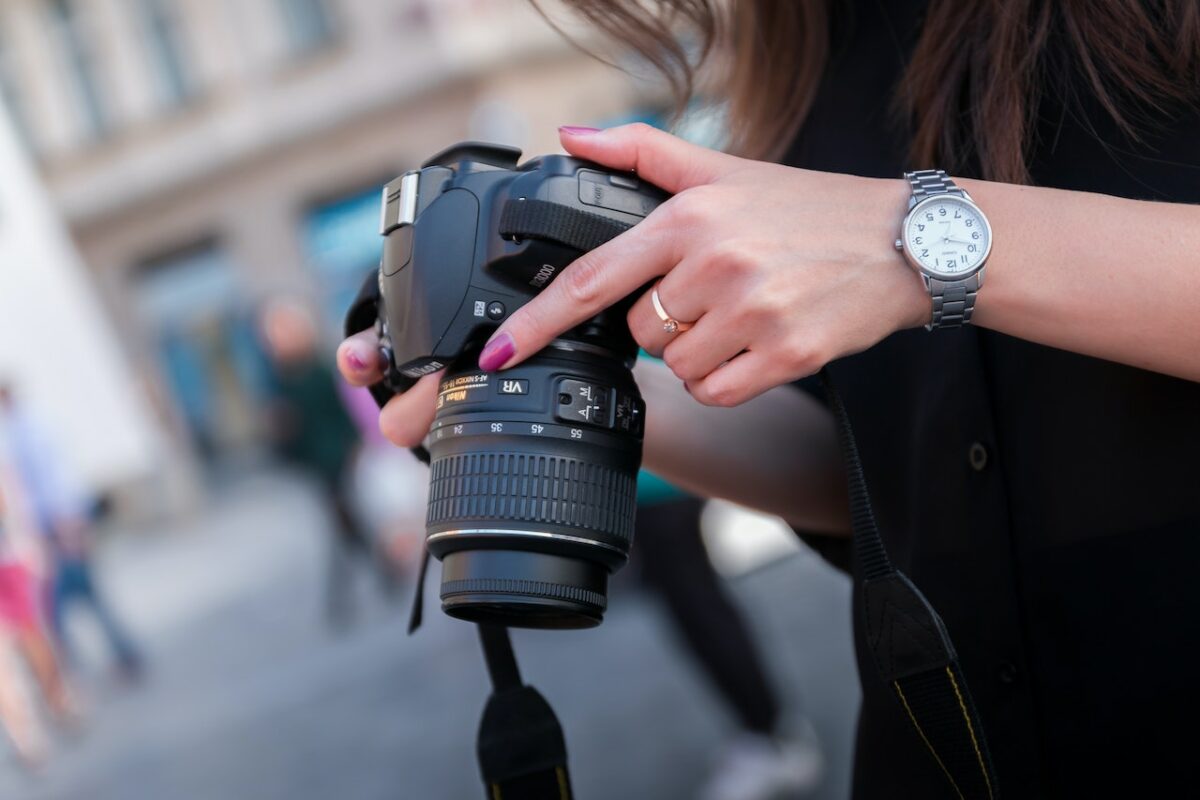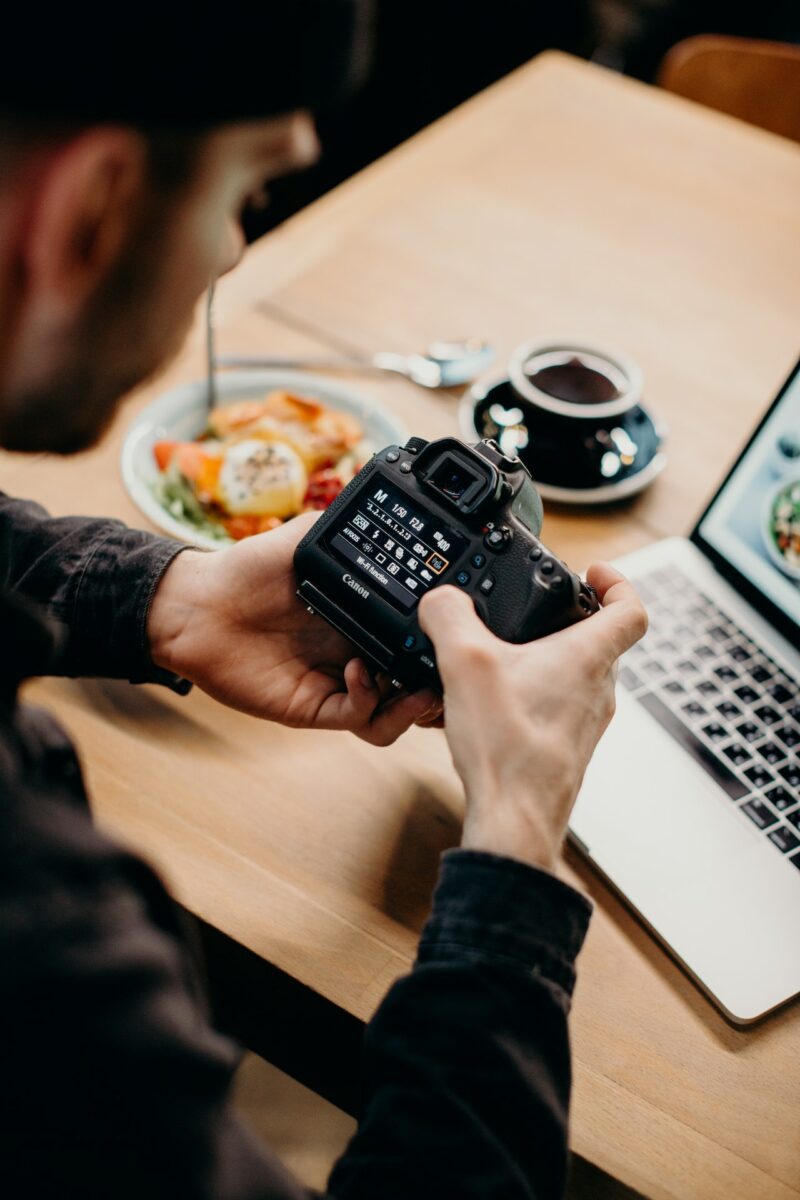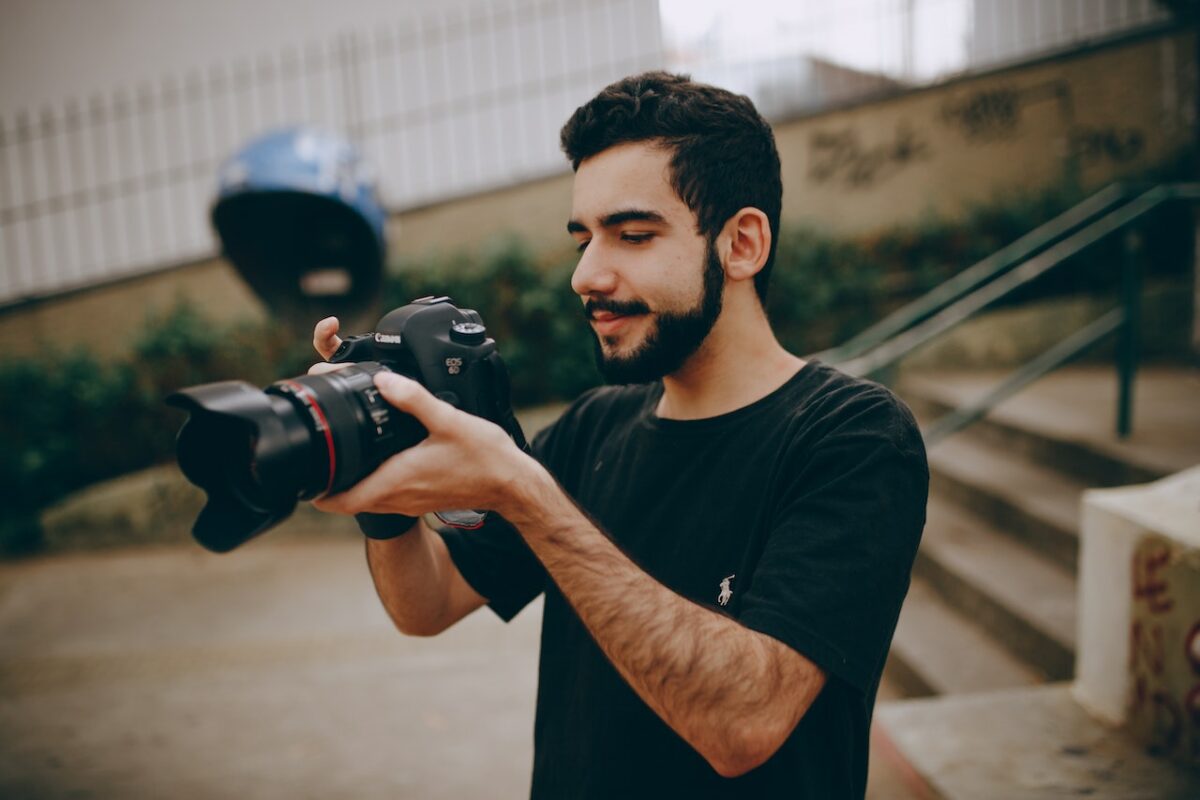
As an Amazon Associate we earn from qualifying purchases.
If you are taking real estate interior photos, you want the colors to be rendered accurately so the painting won’t look unrealistic. Knowing what white balance on a camera is can help you understand how to adjust it for more accurate colors.
Quick Navigation
White balance on a camera is a feature that adjusts the colors in a photo to appear natural based on the temperature of the light source in the scene. It ensures that the whites in the image appear white and other colors are accurately represented.
Typically, different light sources have different color temperatures, such as warm or cool tones, and the white balance (WB) setting compensates for these differences. Generally, all modern cameras come with the WB setting, which you can adjust using the following steps.

Auto white balance (AWB) is a setting on a camera that automatically adjusts the colors in a photo based on the temperature of the light source. It uses built-in algorithms to analyze the scene and determine the best setting to produce a natural-looking image.
AWB is the default setting on most cameras and is designed to be most effective in average lighting conditions. For example, if you are capturing real estate interiors with incandescent bulbs, the AWB will add a blue tint to the image to neutralize the warm tones.
In cool lighting conditions, it will add a yellow tint to warm up the colors. While AWB is convenient, it can sometimes misinterpret the lighting conditions and result in a color cast in the image, especially when there is a mixture of ambient lighting from the windows and artificial lighting from the interior lighting.
Rather than relying on the camera's automatic WB setting, manual WB allows you to manually adjust the colors in an image to compensate for different lighting conditions. Manual WB is generally preferable where you need accurate color reproduction, such as when capturing specific paint colors of a room.

If you are not familiar with manual WB adjustments and the AWB is not doing a good job, most cameras come equipped with WB presets to compensate for the imperfections of the AWB and provide an estimated WB for common lighting situations.
You can access the presets through the camera's menu or by using the designated button labeled as "WB" on your camera's body. Depending on the camera model, the following are some of the common WB presets you will get when you press or hold the WB button.

Yes, you can adjust the WB during post-processing using popular editing software, such as Adobe Photoshop or Lightroom. Most raw image files retain the full-color information captured by the camera, allowing you to adjust the WB without losing quality. However, this might not be as accurate as setting it right on the camera.
No, exposure refers to how bright or dark an image is, while WB is the adjustment of colors to appear more natural and accurate. That means you can capture a photo with bad white balance and good exposure.
Yes, in most cameras, you can remove custom WB presets. Some cameras may offer the option to overwrite the presets with different settings from the menu interface, while others may require you to reset to the default settings.
Knowing what the white balance on a camera is can help you decide whether to use AWB, manual WB, or preset. Generally, manual WB offers the best results when photographing in situations with a mixture of ambient and artificial lighting.
